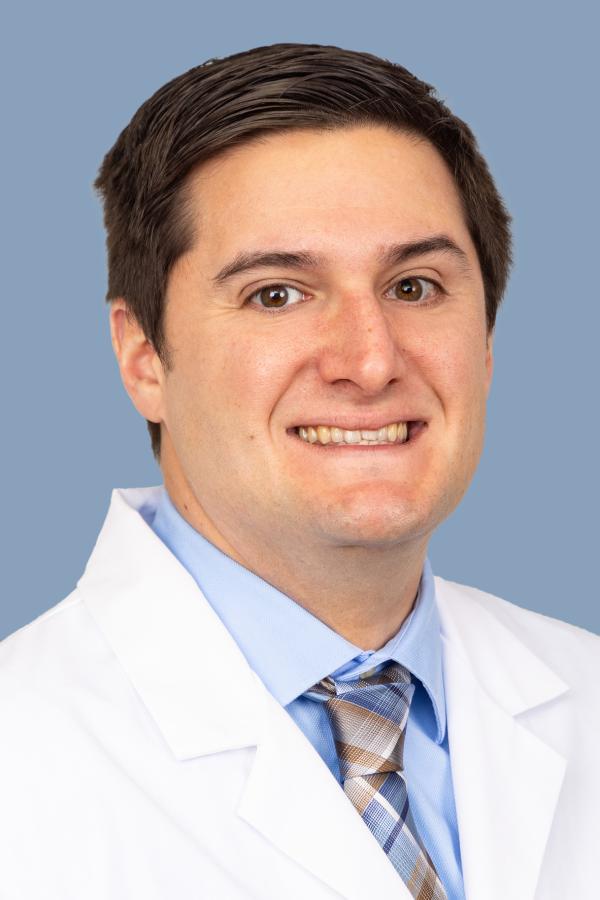One in 250 men faces testicular cancer during their lifetime. The average age of initial diagnosis is 33, but 6% of cases are diagnosed in adolescents, and 8% are found in men 55 or older.
More than 90% of testicular cancer originates in germ cells, which are responsible for making sperm. However, there are several types of germ cells and other testicular cells where cancer may grow. The cell where it begins determines the type of cancer. Each type has different characteristics, such as the rate at which it grows, risk for spreading, and the age at which most men develop that type of testicular cancer.
The first sign of testicular cancer is usually a lump in the testicle. Some may have a swollen, enlarged, or painful testicle. With such noticeable symptoms, many people get in the habit of regular testicular self-exams, so signs of cancer are detected at an early stage. Any change in the testicle, whether one feels firmer, grows larger, or becomes smaller than the other, is a possible sign of testicular cancer that should be evaluated by your physician. You may also experience symptoms such as a dull ache in the lower abdomen or groin.
Though rare, testicular cancers can produce hormones that lead to breast tenderness or the growth of breast tissue. As testicular cancer progresses to an advanced stage, you may have symptoms such as swelling in one or both legs. An individualized treatment plan will be determined upon diagnosis.


